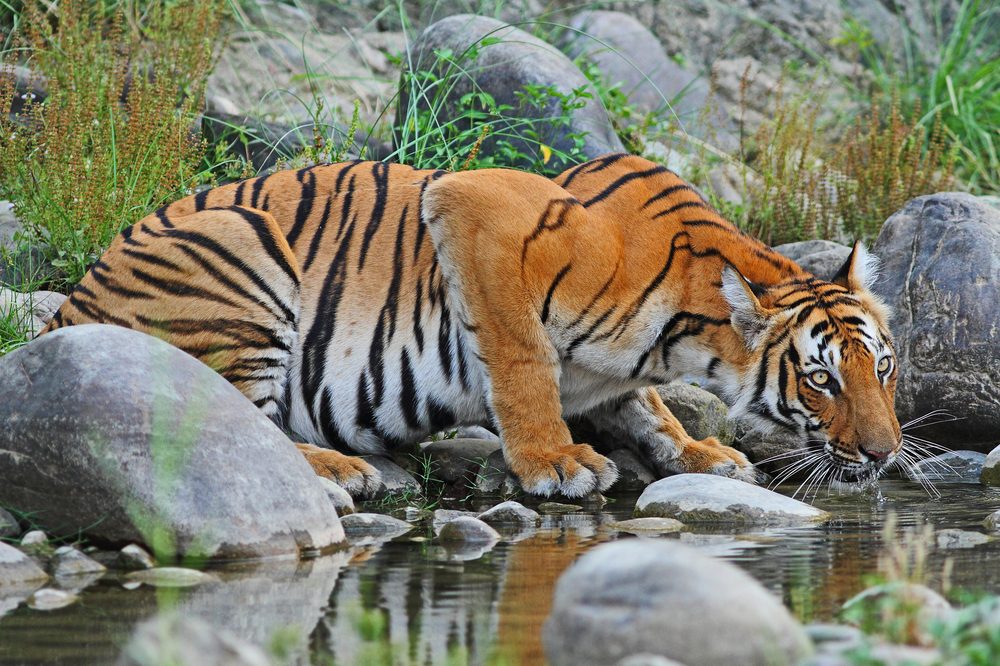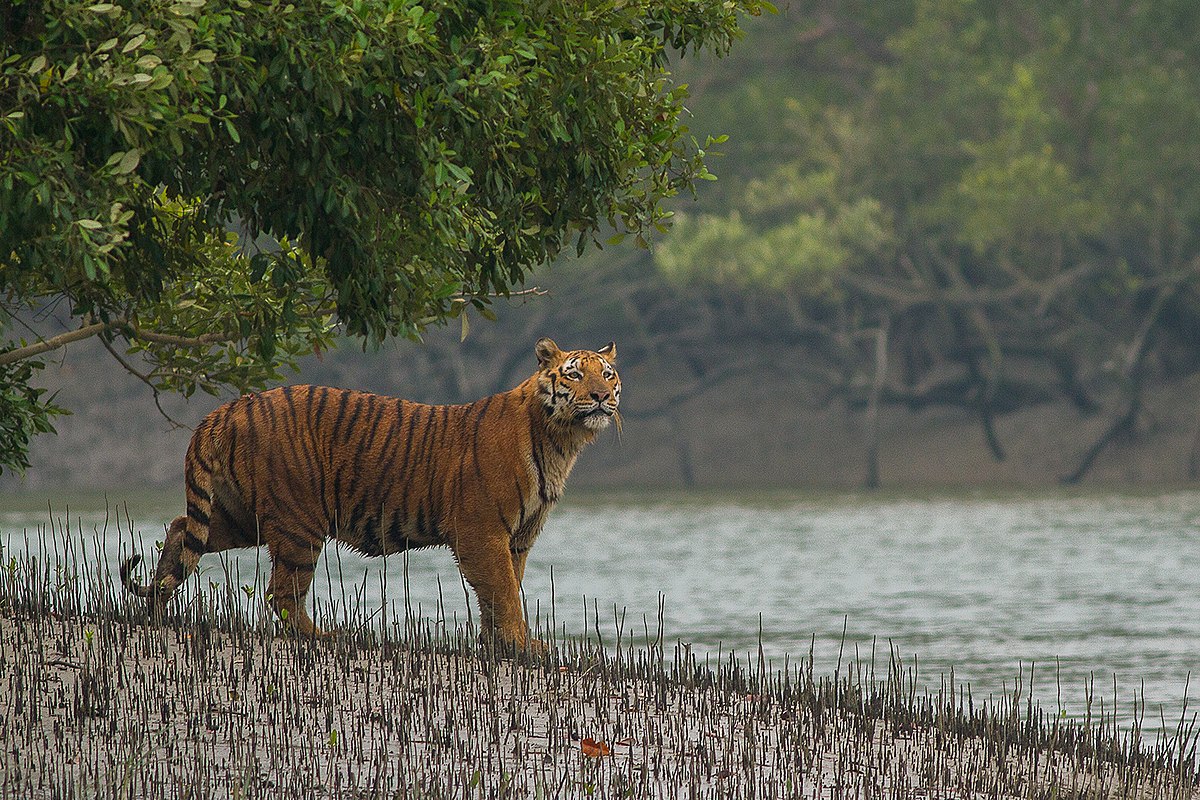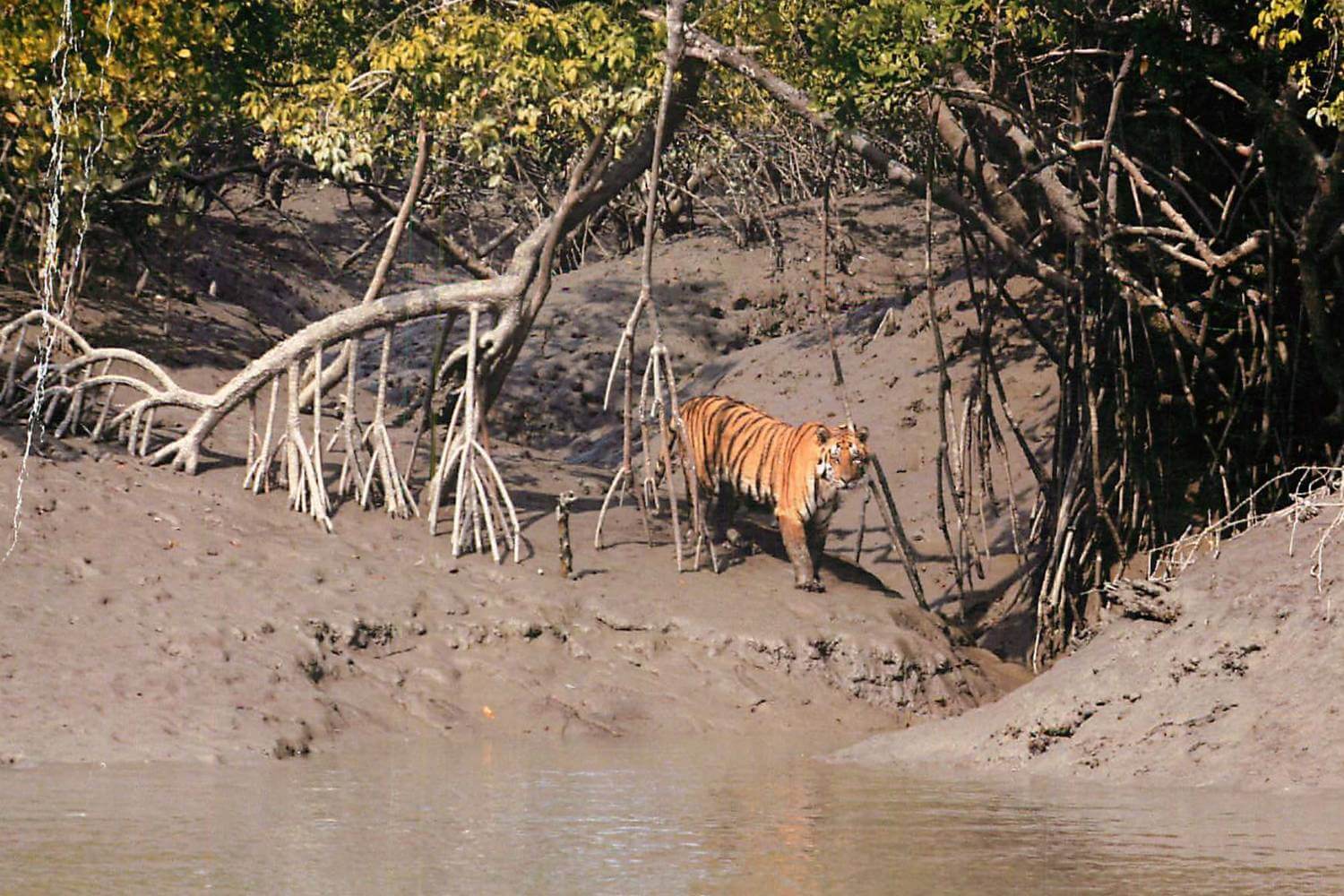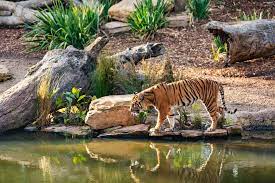Sundarbans National Park
Sundarbans National Park
The Sundarbans National Park is a UNESCO World Heritage Site and a biosphere reserve located in the delta region of the Padma, Meghna, and Brahmaputra river basins. It spans both India and Bangladesh, with the Indian portion located in the state of West Bengal. Sundarbans is the largest mangrove forest in the world and is known for its unique ecosystem, rich biodiversity, and the presence of the Bengal tiger.
The Sundarbans face conservation challenges such as habitat loss, climate change, and human-wildlife conflict. Efforts are being made to address these issues and ensure the long-term sustainability of this unique ecosystem.
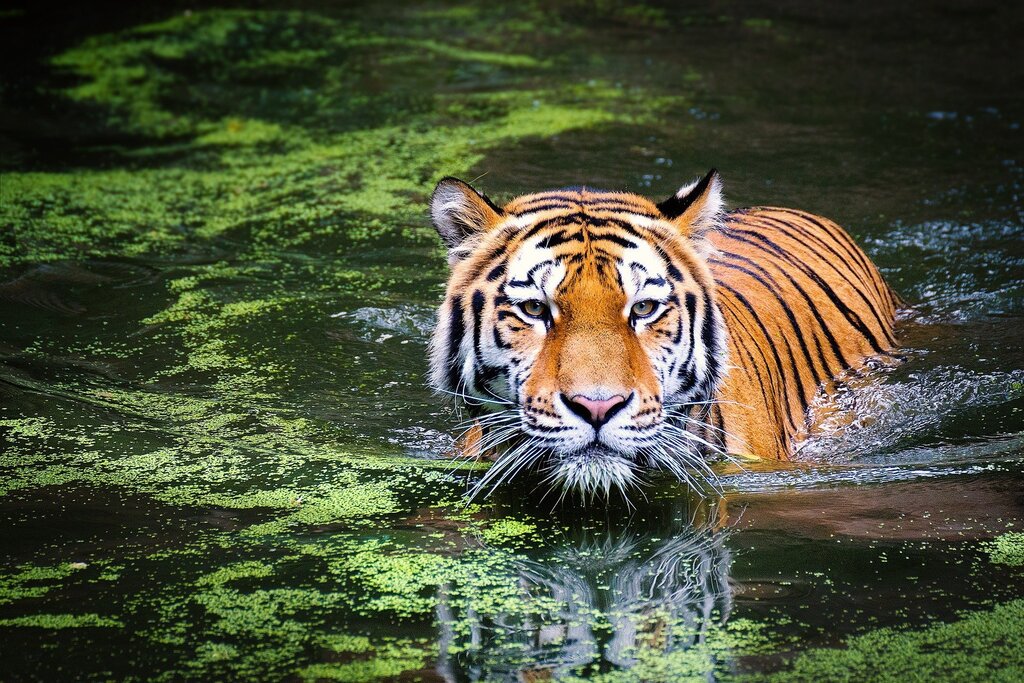

Sundarbans National Park is situated in the southwestern part of Bangladesh and the southeastern part of West Bengal, India. The Indian portion of the Sundarbans covers an area of about 4,260 square kilometers.
The Sundarbans is characterized by its intricate network of tidal waterways, mudflats, and small islands covered with dense mangrove forests. The mangrove ecosystem serves as a vital buffer zone, protecting the inland areas from storm surges and tidal waves.
The park is home to a diverse range of flora and fauna. The Sundarbans is famous for its population of Bengal tigers, which are adapted to the mangrove environment. Other notable wildlife includes saltwater crocodiles, spotted deer, wild boars, various species of birds, and numerous types of fish.
